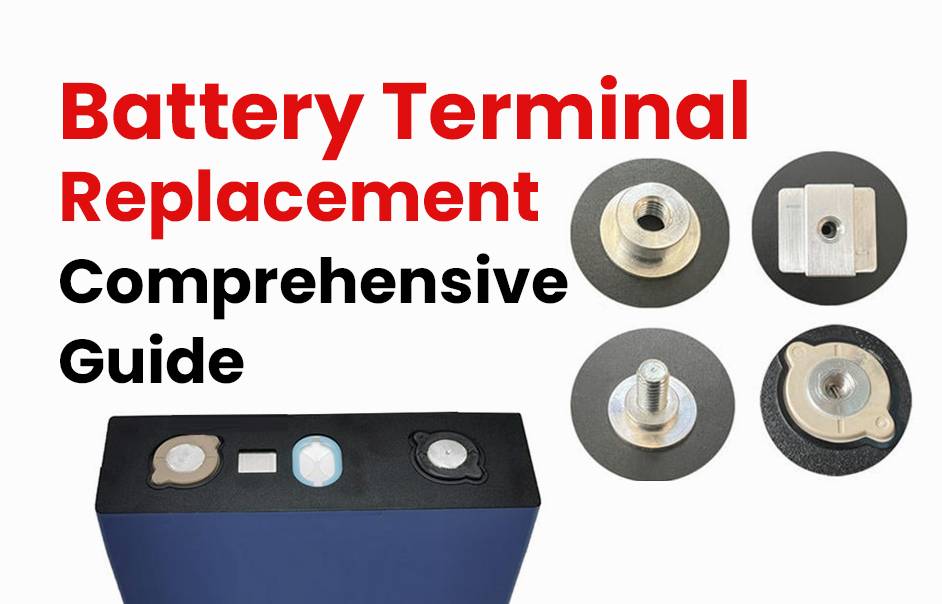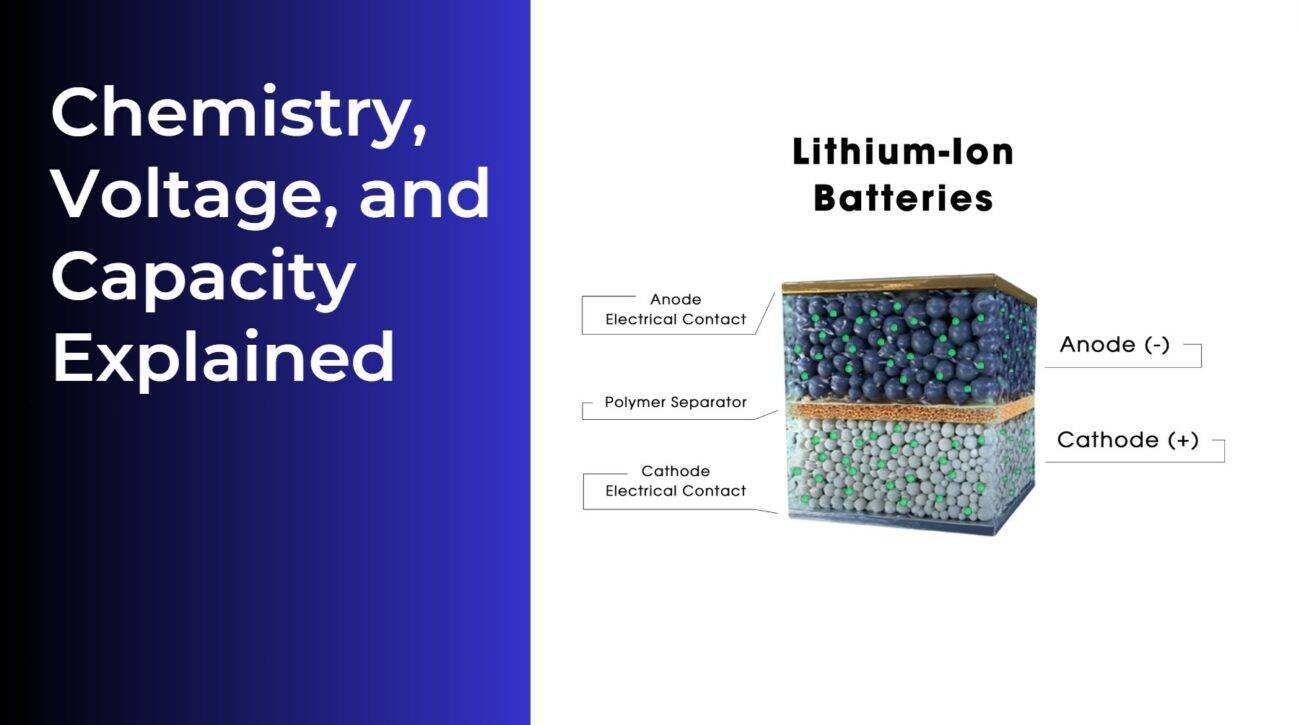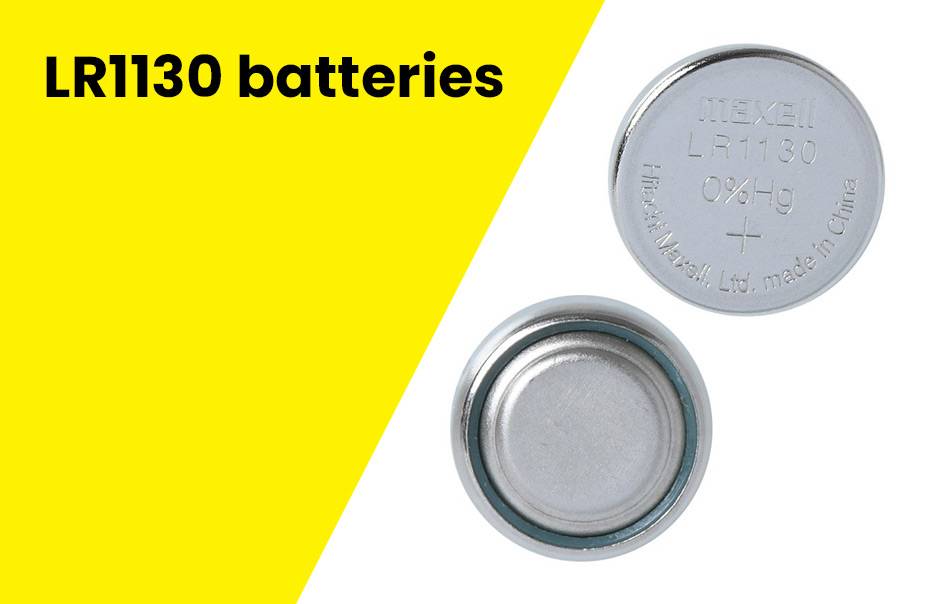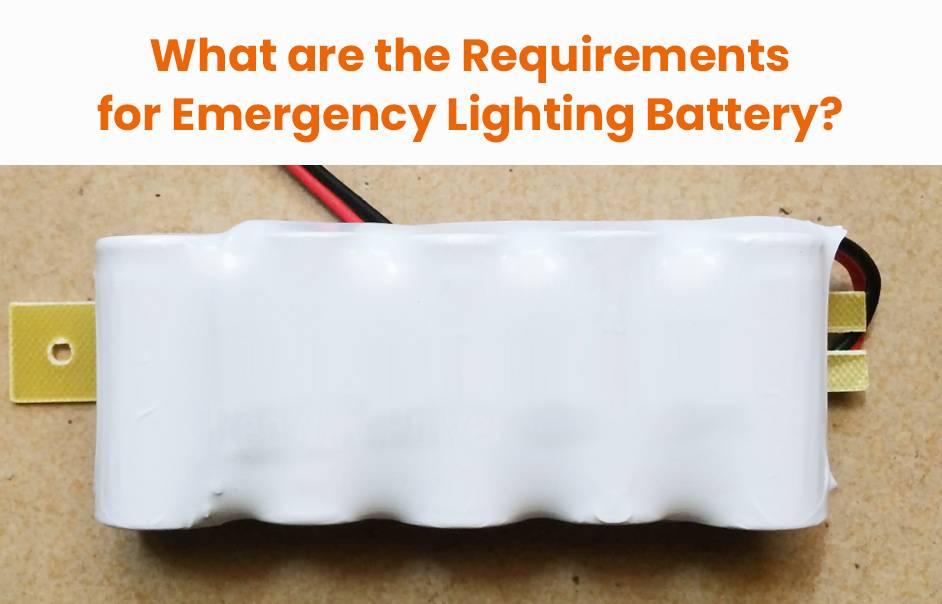Explore the world of battery terminal replacement with our comprehensive guide! Whether you’re a seasoned DIY enthusiast or new to car maintenance, knowing how to replace battery terminals is crucial. These terminals are vital for proper electrical connections and your vehicle’s functionality. If you’ve faced starting issues or corrosion signs, this step-by-step guide is your go-to resource. Follow our instructions and precautions to replace worn-out terminals efficiently, saving you from future costly repairs. Let’s dive in and get started!
Signs that Your Battery Terminal Needs Replacement
The battery terminal in your vehicle is vital for the smooth operation of the electrical system. As time passes, wear and corrosion can impact its performance. Let’s explore key signs that indicate it’s time to consider replacing your battery terminals.
- Difficulty Starting:
- Symptom: Multiple attempts or sluggish engine starts.
- Indicator: If your car struggles to start, it may signal a problematic battery terminal connection.
- Corrosion Presence:
- Symptom: White or greenish deposits on terminals.
- Indicator: Corrosion impedes electricity flow and can affect overall system performance.
- Intermittent Power Issues:
- Symptom: Lights dimming or flickering while driving.
- Indicator: Power fluctuations suggest potential problems with the battery terminals.
- Unusual Clicking Sounds:
- Symptom: Clicking noises during start attempts.
- Indicator: Clicks may point to loose or damaged connections at the terminals.
- Frayed Cable Concerns:
- Symptom: Presence of frayed cables near terminals.
- Indicator: Damaged cables impact electricity flow, affecting the overall performance.
Conclusion: Staying vigilant for these signs allows you to address battery terminal issues promptly, preventing more severe problems in the future. Regular checks and timely replacements ensure your vehicle’s electrical system operates at its best.
Steps for Replacing Battery Terminals
Replacing your car’s battery terminals might seem challenging, but with the right tools and a bit of knowledge, it’s a manageable task. Follow this step-by-step guide to make the process smoother.
- Disconnect the Negative Terminal:
- Step: Start by disconnecting the car’s negative battery terminal to ensure safety during replacement.
- Clean Old Terminals:
- Step: Remove any corrosion or dirt from the old terminals using a wire brush or sandpaper for a clean and efficient connection.
- Remove Old Terminals:
- Step: Loosen and remove the bolts holding the old terminals in place. Note their positions for easier reinstallation.
- Install New Battery Terminals:
- Step: Carefully slide the new terminals onto their posts and securely tighten them using the previously removed bolts.
- Securely Fasten Terminals:
- Step: Confirm that both positive and negative terminals are tightly fastened. Reconnect the negative terminal first, followed by the positive terminal.
Conclusion: Always prioritize safety by wearing gloves during this process, considering that batteries contain acid that can be harmful if mishandled. With these steps, you can replace your car’s battery terminals efficiently and maintain optimal electrical system performance.
Tools and Materials Needed
To ensure a smooth battery terminal replacement process, having the right tools and materials is crucial. Here’s a list of items you should have before starting the replacement.
- Safety Gloves:
- Purpose: Protect your hands from potential hazards during the replacement.
- Importance: Prioritize safety with a pair of sturdy safety gloves.
- Wire Brush or Sandpaper:
- Purpose: Clean off corrosion or buildup on existing battery terminals.
- Importance: A clean surface ensures proper connection for the new terminals.
- Wrench or Socket Set:
- Purpose: Loosen and remove old terminals for replacement.
- Importance: Essential for handling different types of battery terminal connectors.
- New Battery Terminals:
- Purpose: Replace old terminals with compatible ones for your specific battery.
- Importance: Choose terminals that match your battery type (top post or side post).
- Anti-Corrosion Spray or Grease:
- Purpose: Prevent future corrosion and extend the lifespan of newly installed terminals.
- Importance: Enhances the longevity of terminals and ensures optimal performance.
Conclusion: Equipping yourself with these tools and materials ensures you’re well-prepared for a successful battery terminal replacement. Always adhere to proper safety precautions throughout the process to guarantee a hassle-free experience.
Precautions to Take When Replacing Battery Terminals
Replacing battery terminals requires careful steps to ensure a smooth and safe process. Follow these key precautions for a hassle-free experience:
- Safety First:
- Precaution: Before starting, turn off the engine and ensure the ignition is off to prevent sparks or shocks.
- Importance: Minimize the risk of accidents by prioritizing safety during the replacement.
- Protective Gear:
- Precaution: Wear protective gloves and goggles to shield against corrosive battery acid.
- Importance: Guard yourself from potential skin irritation or eye damage during the process.
- Battery Disconnection:
- Precaution: Disconnect the negative terminal first using appropriate tools like pliers.
- Importance: Prevent accidental contact and wrap the disconnected terminal for added safety.
- Old Terminal Removal:
- Precaution: Carefully remove bolts or clamps holding the old terminals, noting the connections.
- Importance: Ease reinstallation later by understanding how everything is connected.
- Cleaning and Inspection:
- Precaution: Clean both battery posts and replacement terminals using a baking soda-water mixture.
- Importance: Inspect for corrosion or damage, replacing components as needed.
- New Terminal Installation:
- Precaution: Securely place new terminals onto posts without excessive play.
- Importance: Ensure a proper fit for optimal performance without risking stripped threads.
- Cable Reconnection:
- Precaution: Reconnect the positive terminal first, followed by the negative terminal.
- Importance: Tighten nuts securely without overtightening to avoid damage over time.
Conclusion: If uncertain or uncomfortable with any step, seek professional assistance to guarantee a safe and effective battery terminal replacement process.
Tips for Maintaining Healthy Battery Terminals
Maintaining healthy battery terminals is crucial for your vehicle’s electrical system. Follow these valuable tips to ensure longevity and optimal performance:
- Regular Inspection:
- Habit: Visually inspect terminals for corrosion, loose connections, or damage regularly.
- Importance: Identify potential issues early on to prevent electrical problems.
- Cleanliness:
- Method: Use a baking soda-water mixture to gently scrub away dirt, grease, or corrosion.
- Crucial Step: Clean terminals to ensure a proper connection and prevent buildup.
- Protective Coating:
- Application: After cleaning, apply petroleum jelly or terminal protection spray.
- Benefit: Shield terminals from future corrosion for extended health.
- Tighten Connections:
- Check: Ensure all connections are tight and secure on the battery terminals.
- Risk Prevention: Tight connections prevent poor conductivity and starting issues.
- Avoid Over-Tightening:
- Caution: While securing connections is essential, avoid over-tightening to prevent damage.
- Focus on Balance: Achieve a secure fit without risking harm to terminal clamps.
- Battery Maintenance:
- Guidelines: Follow manufacturer recommendations for regular battery maintenance.
- Contribution: Proper battery care positively impacts terminal health.
- Safe Storage:
- During Storage: Disconnect the negative cable for long-term or extreme weather storage.
- Prevention: Prevent drain and potential damage due to temperature fluctuations.
Conclusion: By implementing these simple tips, you can ensure your battery terminals remain in excellent condition, contributing to the overall health of your vehicle’s electrical system. Proactive care and attention are key components of proper maintenance.













